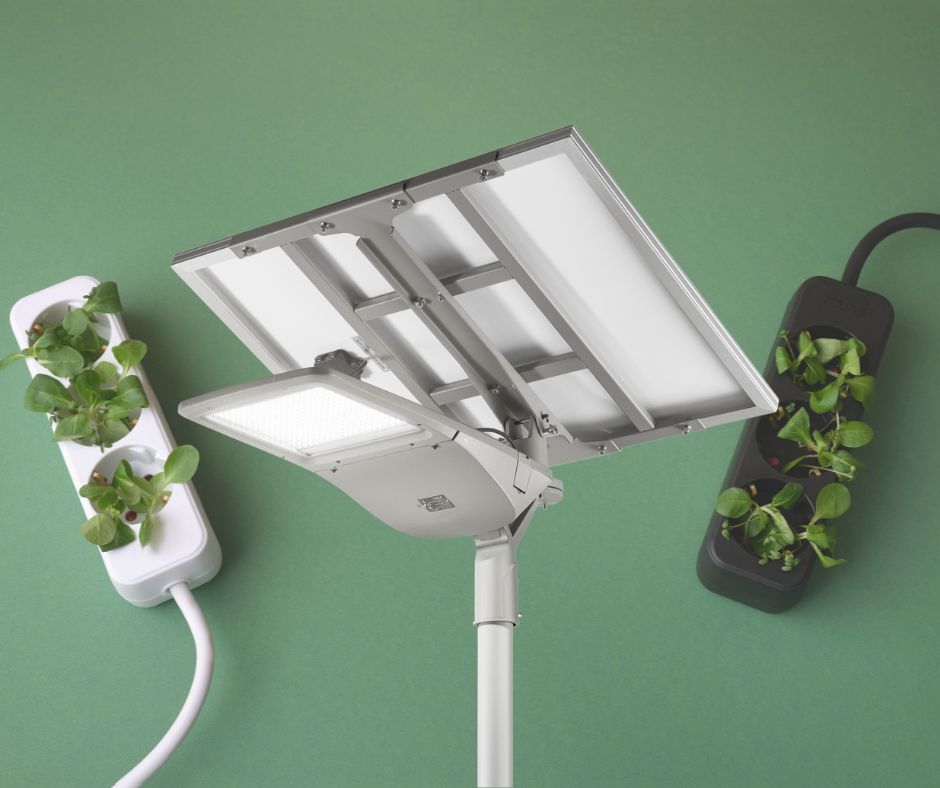
As summer approaches, we spend more and more time outdoors, enjoying the warm evenings and long sunny days.
However, outdoor lighting can lead to a significant increase in energy consumption . Fortunately, we are here to reveal some of the most useful strategies you can adopt to illuminate your outdoor space in an energy-efficient way, reducing your impact on the environment on the one hand and, on the other, saving on energy costs. How to waste less electricity?
1. Switch to LED lights
LED lights are one of the most energy efficient options on the market. How much can you save with LEDs? They use up to 75% less energy than traditional light bulbs and last much longer. Replace your old light bulbs with LED lights to save energy and money in the long run.
Installing motion sensors and timers on your outdoor lights can help reduce energy consumption. These devices only turn on lights when needed, reducing energy waste. Motion sensors also increase security by automatically illuminating the area when someone approaches.
Solar lighting is a completely sustainable and cost-effective option. These solar panel lights use solar panels to store energy during the day and illuminate outdoor spaces at night. Place solar lights in areas with good sun exposure to maximize efficiency.
Learn more about solar lighting here
Adjustable lights allow you to focus light exactly where you need it, reducing waste and increasing efficiency. These lights are especially useful for illuminating paths, plants or focal points in your garden.
Often, you don't need very bright lights to illuminate outdoor spaces. Reduce the brightness of outdoor lights when possible by using dimmers or dimmable bulbs . This not only saves energy, but also creates a more relaxing and welcoming atmosphere.
Keeping your outdoor lights clean and in good condition can help maximize energy efficiency. Clean your lights regularly and replace bulbs when necessary to ensure they are working at peak performance.
By adopting these simple strategies, you can reduce the energy consumption of outdoor lighting, thus helping to conserve resources and save money. With a little thought and planning, it is possible to create a bright and welcoming outdoor environment without compromising energy efficiency.